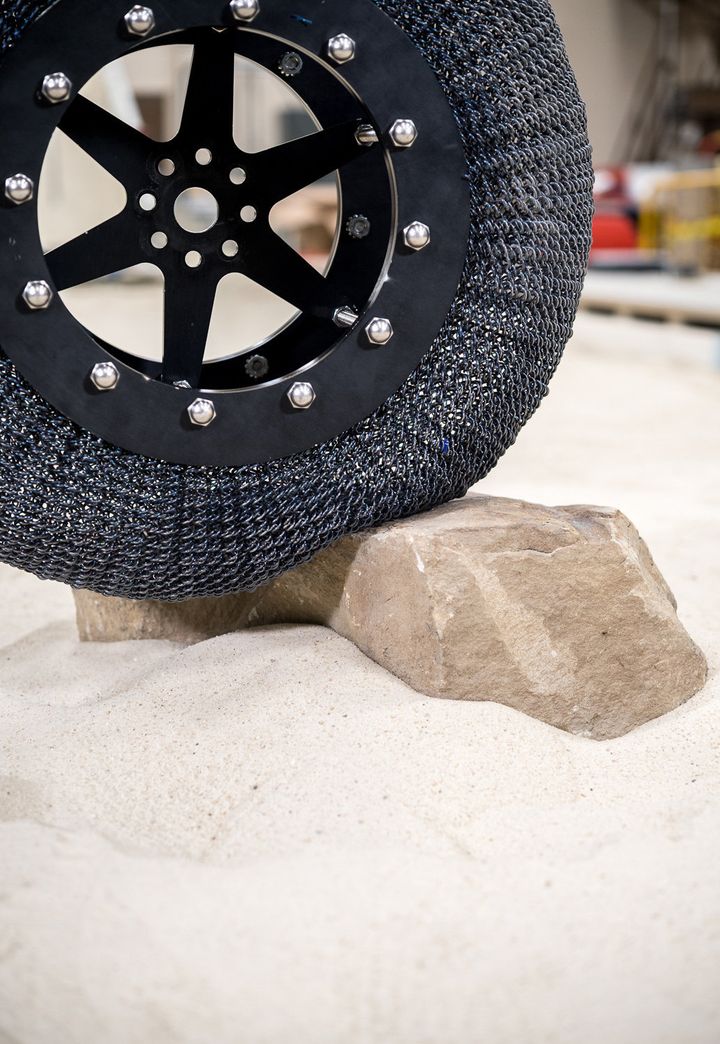Here on Earth, getting a flat tyre is one of life’s great inconveniences. For NASA getting a flat tyre on Mars isn’t just inconvenient, it’s potentially catastrophic.
There is no AA van to help, and certainly no spare tyre within several million kilometres.
To overcome this unique hurdle a specialist team at NASA was given a bold mission to quite simply reinvent the wheel.
Their answer is the Shape Memory Allow Tire, a revolutionary new wheel that can’t suffer from a flat, can survive incredibly challenging environments and can even be bent out of shape before springing back to its original position.

Effectively what you’re looking at is the future of wheels on Mars, the Moon and possibly even Earth.
Now the team has been working on this for a very long time but to celebrate how far they’ve come NASA has interviewed the engineers behind the wheel to discuss how far they’ve come from the early prototypes that were being tested almost a decade ago.
What is the Shape Memory Allow Tire?
It’s a revolutionary wheel design that is made out of a complex ‘chainmail’ metal weave.
The material that makes up the springs is a stoichiometric nickel titanium alloy which essentially gives it some pretty remarkable properties.
In essence it allows the team to create a set shape that can absorb incredible forces on it and while it will change shape to absorb those forces it will always return to its original shape.
Originally the team had been working solely with spring steel which while useful as a reference point, suffered badly from deformation over time.
The solution to this, as you can discover in the video below, was found through pure serendipity.
Having solved the problem of the tyre deforming under incredible stresses the team set about putting their new invention to the test.
This included testing it in Mars-like conditions alongside the wheels that are currently found on the Curiosity rover.
The team even created a real-world version which could be attached to a conventional 4x4 and found that it worked perfectly here on Earth too.
So what’s next? Well for now the focus is very much on Lunar and Mars missions so you’re not going to be seeing these tyres on your next car.
That doesn’t mean that they won’t altogether. Many of todays everyday technologies have been born out of NASA’s research labs and it’s no secret that major tyre manufacturers have also been working hard on creating airless tyres.
